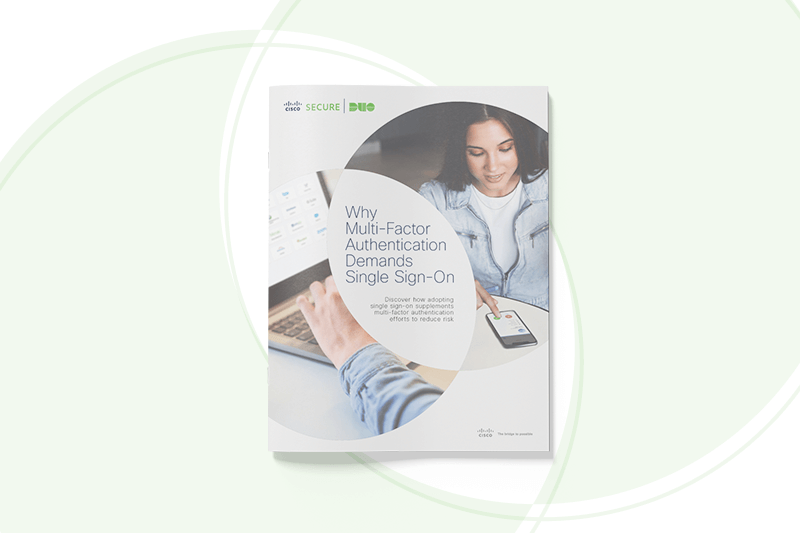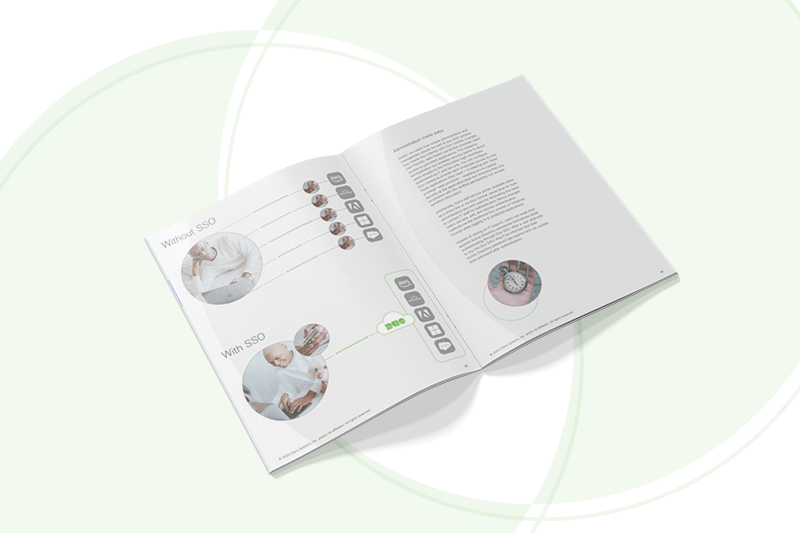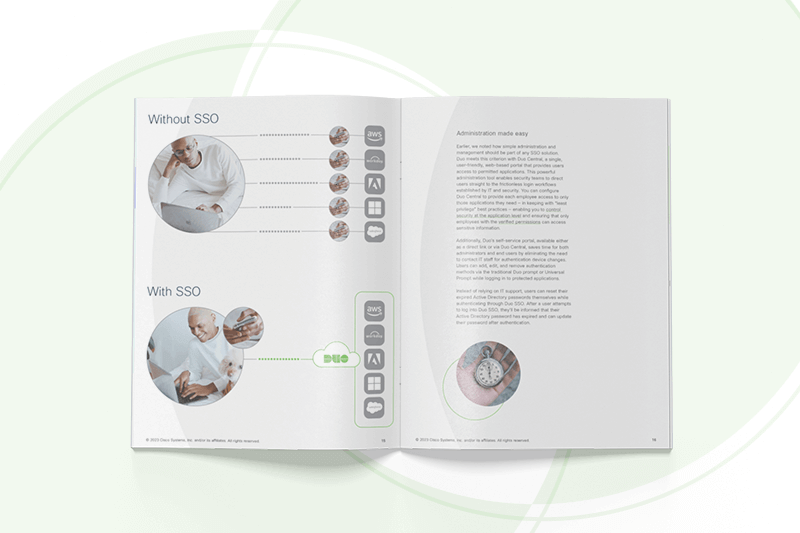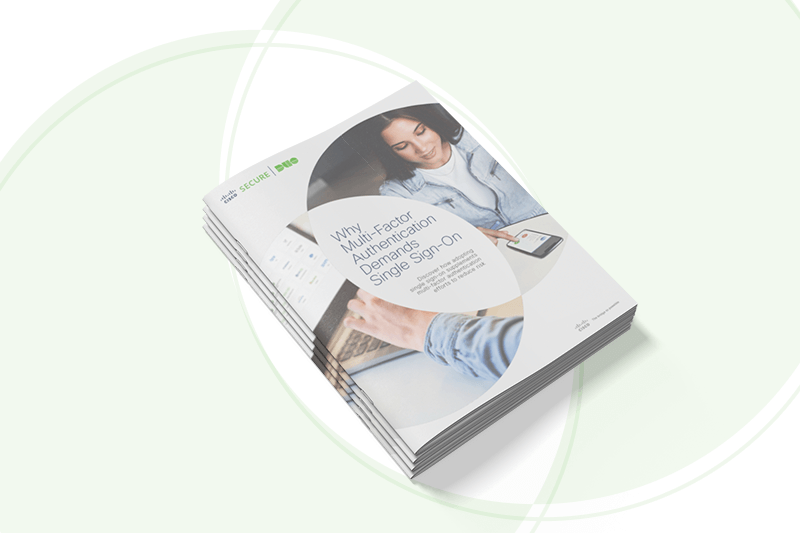Why Multi‑Factor Authentication Demands Single Sign‑On
In this eBook, you’ll discover:
- Why single sign-on (SSO) helps combat rising risks stemming from increasingly connected and fluid work environments
- How SSO not only supports but amplifies multi-factor authentication (MFA) efforts to provide stronger authentication protection, while improving the user experience
- Six elements you should look for in an SSO solution
Amid expanding attack surfaces and emerging hybrid work and IT environments, many organizations are implementing multi-factor authentication (MFA) to thwart would-be hackers. Not surprisingly, those hackers are turning their attention to MFA protections by exploiting human error and login fatigue. But for organizations committed to building security resilience and assuming a proactive security posture, single sign-on (SSO) is proving to be an effective antidote to this developing attack vector.
On average, enterprises rely on more than 1,000 cloud applications, but for MFA-equipped organizations armed with SSO, users only have to worry about one (or no) password. SSO drives down login-related risk, creates a frictionless user experience, and ease the burden on IT and help desk agents to support users with password resets.
But not all SSO solutions are right for your MFA environment. To provide protection for your networks, data, and applications that frustrates attackers, not users, you need to know what to look for.
This eBook examines how SSO and MFA work together to provide organizations with even stronger authentication protection, while improving the user experience. Download your copy to learn how you can combine MFA and SSO into a cohesive solution that’s an essential part of a zero trust environment that enhances business resilience.





